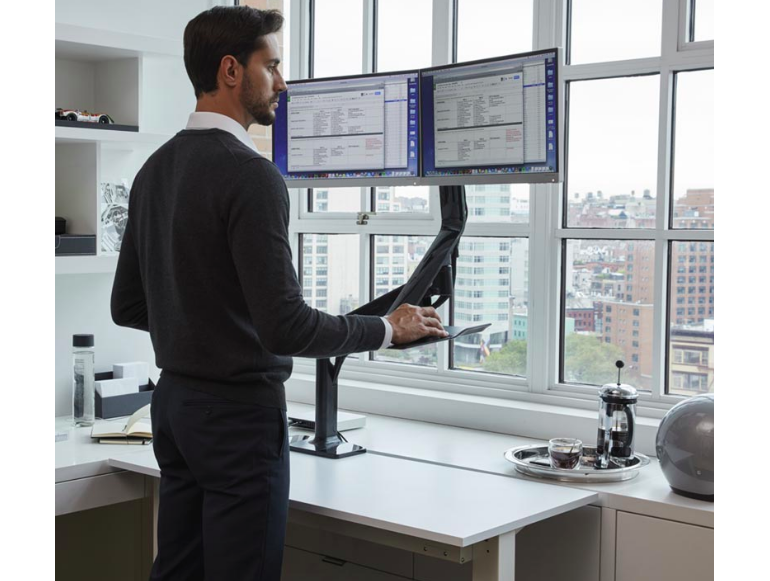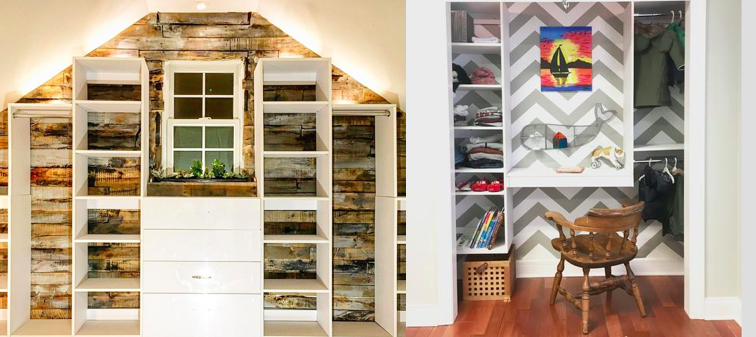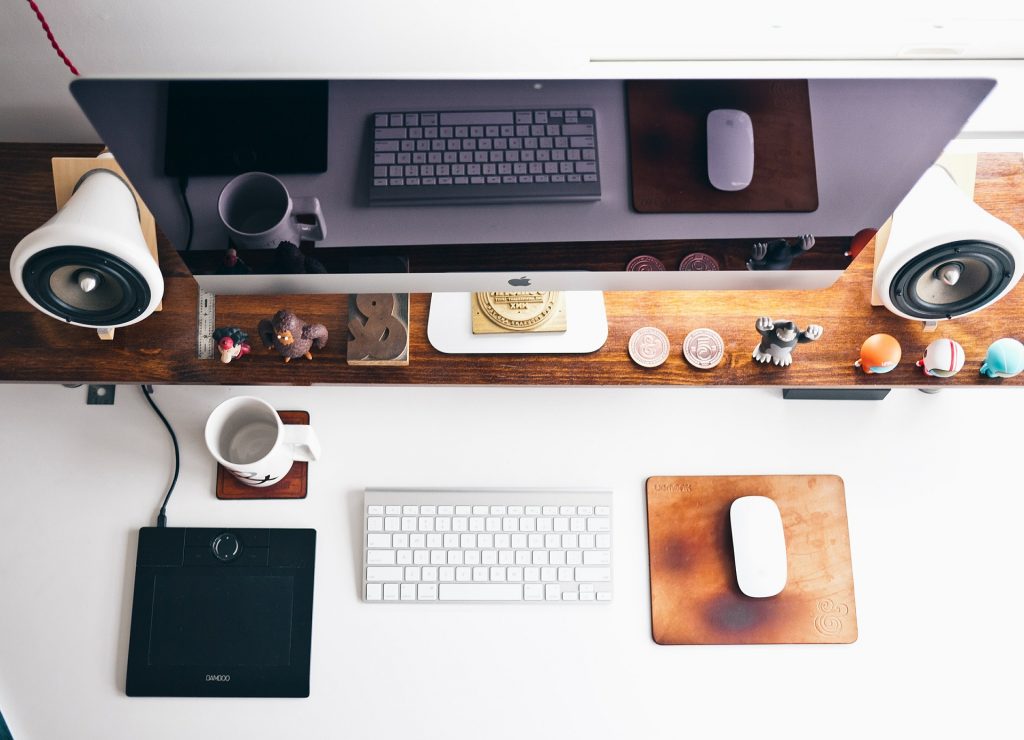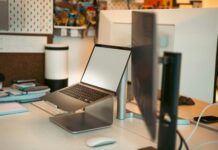To maximize work output each day, entrepreneurs must make sure their home office is organized and designed with productivity in mind. If you’re planning to design a new in-home office soon or want to refresh your current one, below are tips that are sure to be of great help! From must-have furniture to decorations that bring inspiration into your workspace, the below tips will assist you designing an at-home office you will love:
Furnishings: What kind of furnishings are recommended for a home office?
When choosing furnishings for your office, select items that will promote your health and safety. Consequently, choose items that are ergonomically designed to support you. Many office equipment manufacturers have designed products that do just that. Humanscale is a brand that designs chairs, called self-adjusting seats, which support your back and spine during those long hours in front of the computer. Their sit/stand desks support a client who may switch between a seated and standing posture throughout the work day.

Other items to consider including in your home office are as follows: ergonomic mouse instruments that are shaped to your hand, soft keyboard pads that are ideal resting points for your wrist, and foot rests. These items are designed to create a work environment that lessens the level of stress your body undergoes during a long work day.
Buy caddys and trays as a way to organize your papers and smaller essentials (pens, pencils, paper clips, and sticky notes) that would otherwise take up the majority of your desk top. Any office supply store will carry these, from the simple plastic tray to the more stylish wooden tray. You can even find them in different colors to add a little boldness to your desk. Buy stacking trays as an ideal way to organize your “inbox” versus “outbox.” This will help to keep your desktop neat while saving space.
A simple and affordable solution to turning a small space into a “work space” and saving space overall is to install singular customizable closet units and systems, available from Modular Closets. These are closets and storage spaces that you design, put together, and install yourself using common household items such as a hammer and a screw driver. You can create a storage set up that specifically fits your needs, in terms of your design preference, budget, and space requirement. You can choose a system that has shelves, hanging racks, and drawers that are on sliders. You can even work with a live, human designer who will put the design together for you based on your specifications.

Equipment: What kind of equipment and technology do you recommend for an at-home worker?
Speed and efficiency are two things to consider when deciding on equipment for your home office. Only purchase equipment you are sure you will use daily. The desk, chair, laptop, phone system, and lighting are essential to every office. Have a bin full of sticky notes, larger note pads, highlighters, markers, pencils, pens, a stapler, staples, and a stapler remover. The large color copier may seem like a great idea, but is not ideal if you are working with a small space and only plan to use it a few times.
This also applies to the copy and fax machine. Most systems are sold as one unit, but will take up space in your office that you could use for other things or just leave empty – empty space is great too! Depending on your needs, it could be a less expensive option to go to your local library and send a fax. It will cost you under $2 a page to send a fax from most shipping stores. Wireless hubs are great options for allowing you to work on your laptop from all areas in your office. Have a separate phone line installed for your office so that your clients will always have access to the line. Ensure that your phone has the option to send and receive messages and has conferencing and speaker functions.
Organizing it all: What are your tips for organizing all of the furniture and equipment in a way that makes sense and is efficient, while possibly even being stylish?
First, think about your space, the number of items you want to include, and the position of all the room outlets. Using a pencil and paper, draft a layout of your plan. Choose a desk that is appropriate for the space. L-shaped desks, curved corner desks, or sit/stand desks are perfect choices for small spaces. Move your desk up to a window with a sill, if possible, to add natural light to your work day. Include a tall standing lamp near your desk so that you can work after the sun goes down.
Stack bins holding office supplies on top of each other to use vertical space. You can also create additional work space by incorporating modular closets, as noted above, or by installing floating shelves. Ultimately, you want to move your furniture in a way that will maximize your storage, lighting and power needs. Lastly, add a surge protector to protect your equipment from power surges.
Decorating: What kind of extras can bring life and inspiration into a home office? Are there any decorating schemes that are associated with productivity? Recommended color palettes? Other decorating tips?
Decorate your work space in terms of what you find aesthetically pleasing while promoting a healthy environment. It’s not uncommon for a person to spend several hours per day in their home office staring at a computer screen, resulting in eye strain and fatigue. Articles on ways to combat this have suggested one must look away from the screen every few minutes and focus their eyes of things they find pleasant. You can accomplish this by strategically placing objects – one of your favorite paintings, a vase full of fresh flowers, a corkboard containing your favorite family photos, a cute pen holder, or drawings your children brought home from school – within eyesight.

Productivity can be influenced by many things, one of which is the color surrounding your work space. Painting your office can be an inexpensive solution to a dull work space. Color has an influence on how we perceive and respond to our surroundings. Color psychologist Angela Wright developed the “Color Affects System,” which states that although each individual might prefer a certain color over another, the effects that color has on people is universal. According to Wright’s theory, green promotes harmony and balance while blue is mind-stimulating. Yellow promotes creativity. Red affects one’s body. Finally, allow natural light to fill your work space. Studies have shown that natural light causes an increase in productivity, energy and creativity.
Find a Home-Based Business to Start-Up >>> Hundreds of Business Listings.


















































